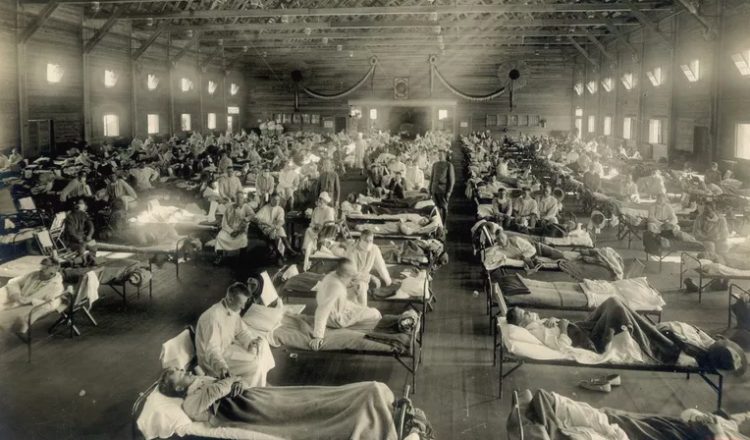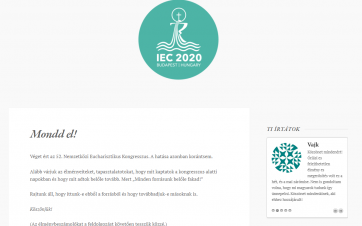
“The call ‘Sister!’ could be heard almost every minute during the night”

Kiley Bense’s article has been published in the columns of the New York Times, in which she recalled her grandmother’s childhood in Philadelphia. Ms Bense was looking for clues about her grandmother’s world: „I knew that she was born in October 1917, and that she had lived through the Spanish flu pandemic of 1918 as a baby, yet I was unprepared for the harrowing details I had uncovered in my search.”
Press reports of the time were about a raging pandemic in the fall of 1918: hushed streets, shut doors, bodies piled in basements and on porches, since the morgues had run out of coffins. Public spaces and shops were shuttered citywide, including churches, schools and theatres. On the day of October 16, in a single day, more than 700 people in Philadelphia died from the influenza.
Ms Bense, when first read the alarming scary news about the coronavirus in January, searched for the document that she had found during the family research. It was a writing from 1919, published by the American Catholic Historical Society of Philadelphia, to preserve the living memories of the Spanish flu. “Unrecorded facts are quickly lost in the changing time.” – is read in the introduction to the writing. The document: “Work of the Sisters during the Epidemic of Influenza, October 1918,” is the story and the evidence of the enormous human capacity, and of the personal self-sacrifice in the name of public good. Extraordinary stories about generosity and compassion, carried out at the peak of the pandemic.
World War I. was in its fourth year, and the Spanish flu epidemic claimed more and more human lives. At the beginning of October, the Red Cross issued a warning that Philadelphia did not have enough nurses, while the number of the sick were growing rapidly. The health system of the city have been heavily depleted by the war. There had already been a serious shortage in many of the hospitals before the epidemic broke-out. “Now it is a matter of life and death” – warned one of the city officials.
It was in this tense situation that the Archbishop of Philadelphia called on the nuns in his diocese to leave their convents and take up posts caring for the sick and dying across the city. Most of the sisters did not have experience neither in the matters of the outside world nor in the healthcare work. Still, 2000 nuns answered the Archbishop’s call. They worked on 12-hours shifts, they undertook duties to navigate the patient transport vehicles through a city full with fear. They were dressed in white gowns and gauze masks. Basically, they treated the patients who particularly represented the marginalised groups of the city’s society: immigrants from Italy, Poland, Ukraine and China, black and Jewish families, homeless and orphans. They took care of men with fever, crammed 30 into a single ward. Hallucinating patients tried to escape through the windows, tearing up bed linens, threw glasses at their nurses and begged God for help. In private homes, the sisters found dead parents and children crying of hunger. “The windows were shut so tightly, that sometimes we felt we could bite the fever.” – recalled a sister.
They washed linens, served hot soup. They brought water, ice, blankets, medicine and comforted the patients. “-Sister! – the call could be heard almost every minute during the night” – remembered one of the nuns on her hectic shifts. Another sister recalled her initial fears: “At first, I was terribly frightened, for I had never came in close contact with the death. However, once I realised what must be done, I put on my gown and mask, then began my duties in the women’s ward.”
Kiley Bense’s grandmother and family survived the pandemic by locking themselves inside their home, while the flu rushed through the city. During the six weeks of the pandemic the death-toll amounted up to 12,000 in Philadelphia alone, 23 sisters amongst. Now, one hundred years later, the work of the heroic sisters provides a model to follow in this unusually heavy period.
Kiley Bense’s article has been published in the columns of the New York Times.
Photo: OTIS Historical Archives, Museum of Medical History










